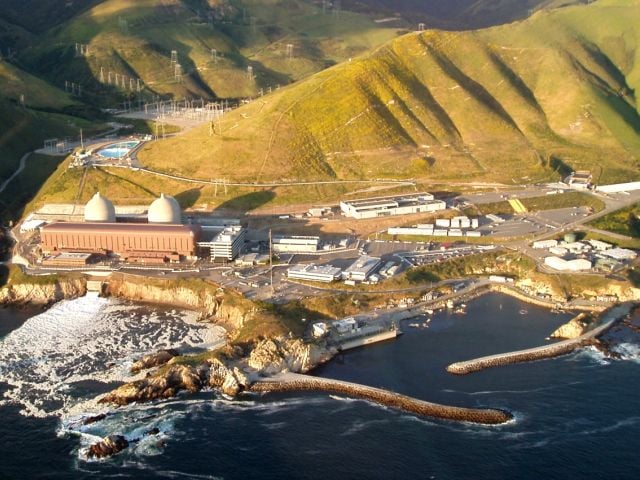SAN FRANCISCO – Pacific Gas & Electric has laid off at least 800 contract employees over the past few weeks, including many responsible for helping prevent wildfires. The layoffs come despite PG&E’s long history of causing deadly wildfires.
Union representatives told the workers they were being let go because of “overspending” by PG&E, according to reports by Grist and Bloomberg. Many of these people performed jobs critical to reducing the number and severity of wildfires, including trimming trees, inspecting and cutting back plants and vegetation, maintaining the grid and testing poles, reported Grist.
Winter is considered one of the best times to trim trees and remove other vegetation near power lines. Overgrowth can help wildfires to spread rapidly, destroying buildings and costing lives. One inspector told Grist the sizable layoffs will set back that work by up to two months.
Compared to PG&E, no electric utility in California – or the rest of the country – has caused more death and destruction from wildfires ignited by its own aging and unmaintained transmission equipment.
“PG&E has a long, sordid history of causing wildfires with its inept infrastructure management. These fires have destroyed communities, cost lives and led to billions of dollars in damage,” said EWG President and Bay Area resident Ken Cook. “Cutting fire safety staff despite such a tragic wildfire record is par for the course for PG&E, a utility that embraces every misguided decision it can dream up.”
The company is the focus of an investigation by the U.S. Forest Service into whether a PG&E power line sparked the Mosquito Fire. That blaze burned more than 76,000 acres – the state’s largest fire so far this year. Almost every year, PG&E equipment starts wildfires in California, including deadly blazes that have killed more than 100 people since 2015.
A 2019 investigation by the Wall Street Journal found the utility had caused at least 1,500 fires in the Golden State.
“The decision by PG&E to lay off hundreds of vital fire safety workers is outrageous. It will almost certainly interrupt the important work needed to lessen the chances of more fires next summer. But it’s not a surprise,” said Cook. “PG&E’s safety record is deplorable, and its executives are utterly tone deaf when it comes to listening to demands by regulators and the public to take wildfire prevention seriously.”
The layoffs make even less sense in the context of PG&E’s billion-dollar bailouts from the state, and its sky-high electricity bills for captive ratepayers. The rightfully much-maligned utility should invest more resources in preventing deadly wildfires instead of firing staff who are essential for that work.
Some of the more devastating fires attributed to PG&E’s bad management, according to the news and opinion website Wildfiretoday.com:
- Dixie Fire burned 963,309 acres, destroyed 1,329 structures and forced more than 26,000 people to evacuate (October 2021).
- Zogg Fire burned 56,338 acres, destroyed 204 structures, and caused the deaths of four people (September 2020).
- Kincade Fire burned 77,000 acres and destroyed 374 structures (October 2019).
- Camp Fire burned 154,000 acres, destroyed 18,000 structures and caused the deaths of 84 people (November 2018). The company pleaded guilty to 84 counts of involuntary manslaughter.
- Cascade Fire burned 9,989 acres, destroyed 250 structures and caused the deaths of five people, including one firefighter (October 2017).
- Redwood Valley Fire burned 36,523 acres, destroyed 543 structures and caused the deaths of nine people (October 2017).
- Atlas Fire burned 51,624 acres, destroyed 783 structures and caused the deaths of six people (October 2017).
- Butte Fire burned 70,868 acres, destroyed a total of 921 structures, including 549 homes, 368 outbuildings, and four commercial properties, and caused the deaths of two people (September 2015).
###
The Environmental Working Group (EWG) is a nonprofit, non-partisan organization that empowers people to live healthier lives in a healthier environment. Through research, advocacy and unique education tools, EWG drives consumer choice and civic action.



